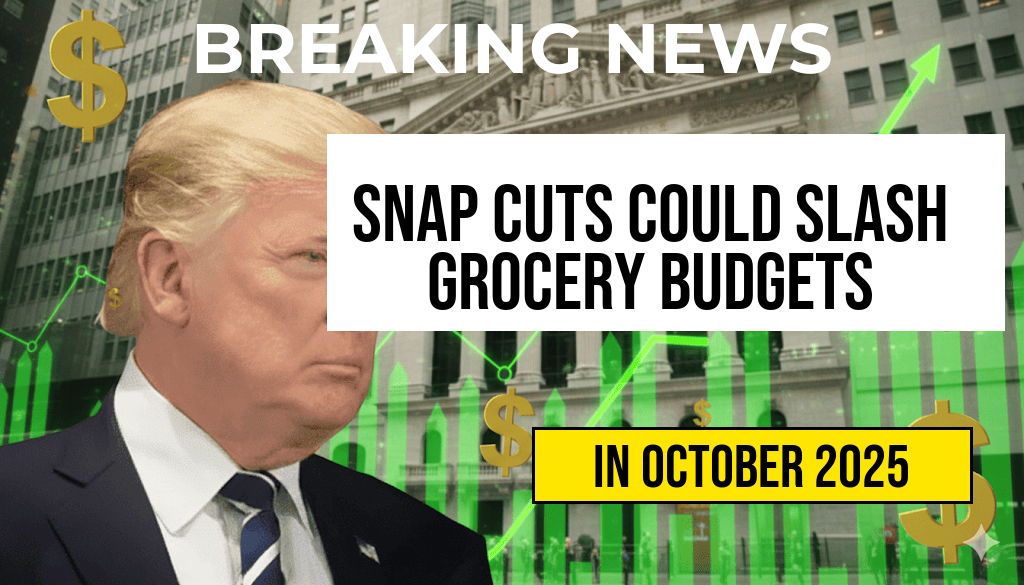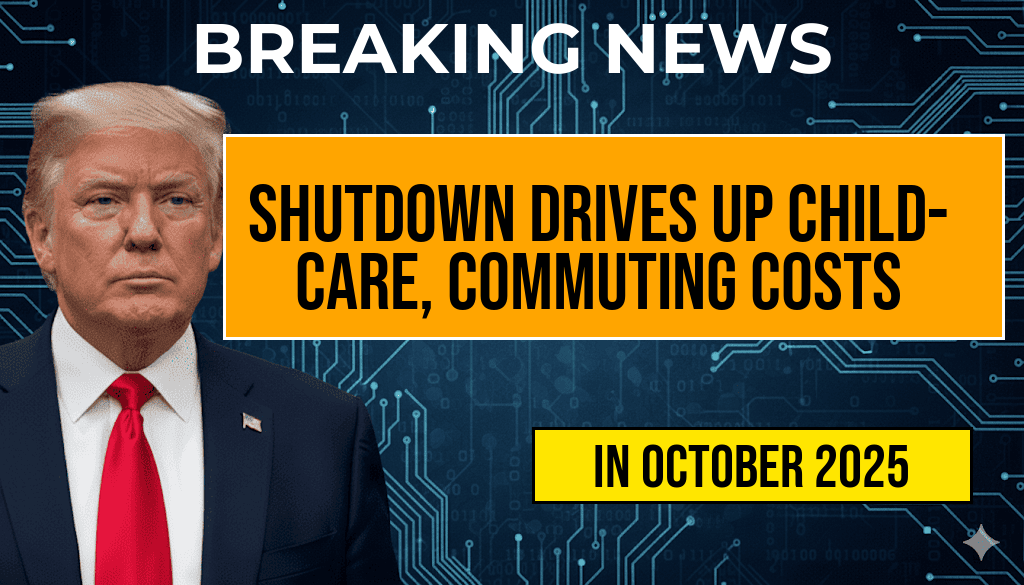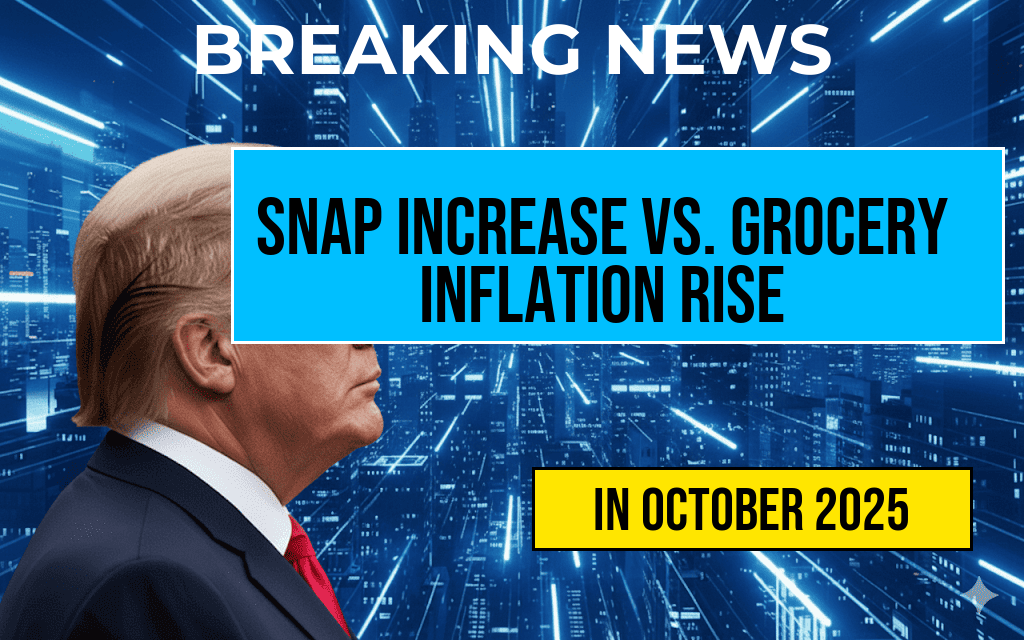The recent announcement from the U.S. Department of Agriculture (USDA) regarding the monthly increase in Supplemental Nutrition Assistance Program (SNAP) benefits has sparked discussions about food affordability amid ongoing grocery inflation. The SNAP benefits will rise by $19 per month, bringing the maximum monthly benefit for a household of four to $994, up from the previous $975. While this increase may seem beneficial, many families are questioning whether it is sufficient to keep pace with soaring grocery prices, which have been a significant burden in recent months. Rising inflation rates, particularly in food categories, have left many consumers grappling with the challenge of stretching their budgets to cover essential needs.
Understanding the SNAP Program
The SNAP program, designed to assist low-income individuals and families in purchasing food, serves millions of Americans. The benefits provided are adjusted annually based on the Thrifty Food Plan, which considers the cost of a nutritionally adequate diet. The latest increase is part of the USDA’s ongoing efforts to ensure that assistance keeps pace with the rising costs of living.
Impact of Grocery Inflation
Grocery prices have been on the rise, with inflation affecting nearly every category of food. According to the Consumer Price Index (CPI), food prices increased significantly over the past year. Essentials such as dairy, meat, and produce have seen notable price hikes, making it difficult for low-income families to maintain a balanced diet.
- Meat and poultry: Prices have surged by approximately 12% over the past year.
- Dairy products: Increased by around 10%, affecting milk and cheese prices.
- Fresh produce: Fruits and vegetables also saw a rise, with an increase of 6%.
SNAP Benefits vs. Rising Costs
As families receive the additional $19 in SNAP benefits, many are left to ponder whether this increase can sufficiently buffer their grocery bills. The National Retail Federation reported that food prices are projected to rise further, which could undermine the effectiveness of the recent benefit increase. Grocery inflation has outpaced wage growth, which adds to the financial strain on families relying on SNAP.
Expert Opinions on the Increase
Economists and food policy experts have weighed in on the adequacy of the SNAP increase. According to the Center on Budget and Policy Priorities, while any increase in SNAP benefits is welcome, it might not be enough to combat the current inflationary pressures. The organization emphasizes that the increase must be evaluated in the context of real purchasing power.
Dr. Anna Johnson, an economist specializing in food security, stated, “The $19 increase is a step in the right direction, but with inflation rates still high, many families are likely to feel the pinch.” She advocates for more robust measures to address food insecurity and suggests that continued adjustments to SNAP benefits may be necessary.
Challenges Ahead for Low-Income Families
Many families on SNAP find themselves in a precarious situation, forced to make tough decisions about their food choices. With prices rising faster than benefits, some may resort to purchasing cheaper, less nutritious options, which can have long-term health implications.
Furthermore, experts warn that the ongoing inflation could lead to an increase in food insecurity across the country. As the cost of living continues to rise, the gap between income and necessary expenses widens, impacting millions of households.
Potential Solutions and Future Considerations
Advocacy groups are calling for a reevaluation of the SNAP program to ensure it effectively meets the needs of low-income families. Proposals include further increases in benefits, adjustments based on regional cost-of-living differences, and enhanced access to nutritional education programs.
- Adjusting SNAP benefits based on local grocery prices.
- Increasing funding for community food programs and food banks.
- Implementing educational initiatives to promote healthy eating on a budget.
A Path Forward
The recent $19 increase in SNAP benefits is a notable development amid rising grocery inflation, but it highlights the broader issue of food affordability. As families navigate the complexities of food budgeting, the discussion around SNAP benefits continues to evolve. Policymakers and advocates must work together to ensure that all Americans have access to nutritious food, regardless of economic circumstances.
For more information on grocery inflation and its impact on SNAP benefits, visit USDA – SNAP or review the latest statistics from Bureau of Labor Statistics.
Frequently Asked Questions
What is the recent change in SNAP benefits?
The recent change in SNAP benefits shows an increase of $19 per month, bringing the total from $975 to $994.
How does grocery inflation affect SNAP recipients?
Rising grocery inflation can significantly impact SNAP recipients, as the increased costs of food may outpace the monthly benefit increase, leading to challenges in affording necessary groceries.
When did the SNAP benefit increase take effect?
The increase in SNAP benefits took effect in the most recent month, aligning with ongoing adjustments to address inflation and food costs.
What factors contribute to the rising grocery prices?
Factors contributing to rising grocery prices include supply chain disruptions, increased production costs, and broader economic conditions influencing food availability and pricing.
Will the SNAP increase be enough to cover rising grocery costs?
While the $19 increase in SNAP benefits is a positive step, many experts believe it may not be sufficient to fully cover the rising costs associated with grocery inflation.











